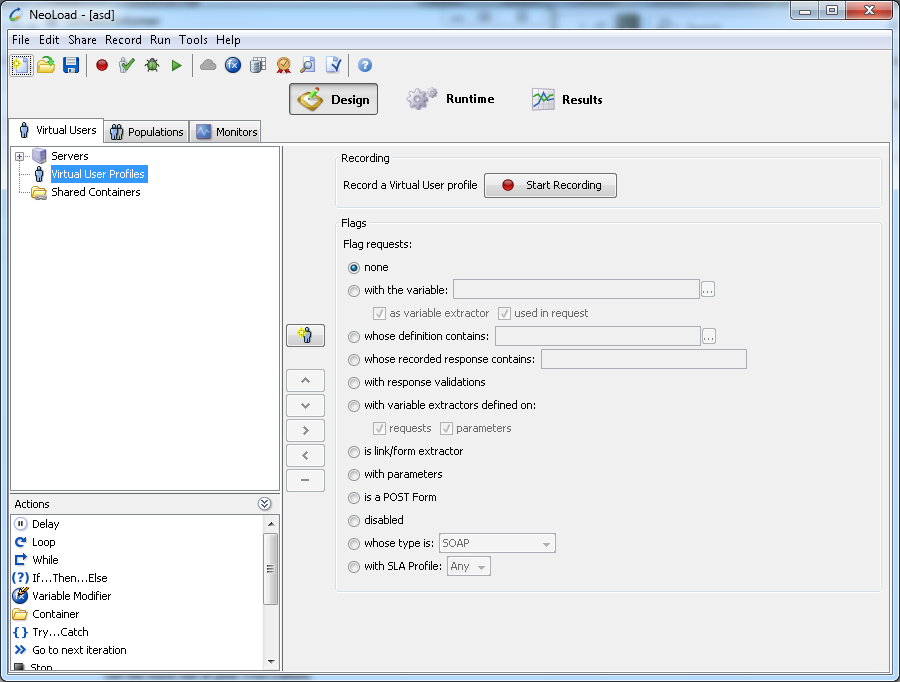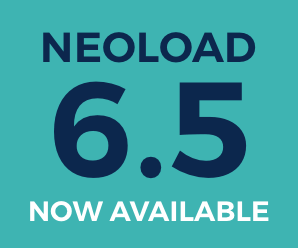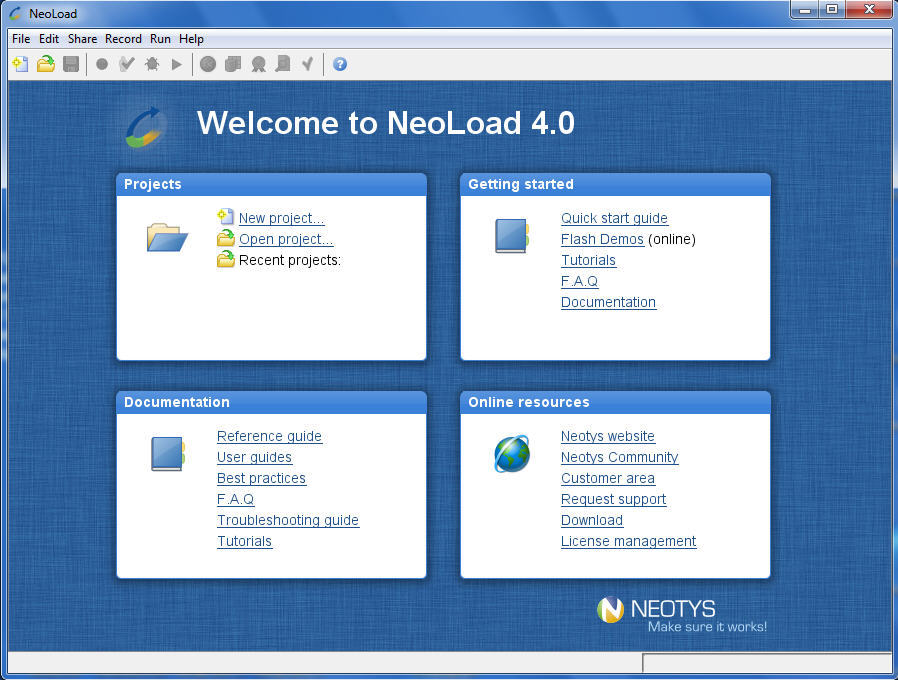

In the current laboratory study, 14 essential oils (EOs) derived from 12 Lamiaceae plant species and their major components were screened for their larvicidal and repellent properties against Aedes albopictus, an invasive mosquito species of great medical importance.

© 2018 Springer International Publishing AG, part of Springer Nature Thus, the creation or enlargement of PAs in these areas is recommended and these results represent an important information for the conservation of endemic freshwater insects under global warming scenarios in an overlooked Neotropical landscape. In every projection, however, most PAs were expected to lose effectiveness, as by 2070 most PAs fall outside the range of the predicted distribution of C. bonariense to future climate change, which is likely related to the low restrictions in habitat use of C. Our results indicated a potential resilience of C. Projections of suitable areas overlapped in central Argentina and southernmost Uruguay in these periods. bonariense was indicated throughout the Pampa, and projections predicted a predominance of range contractions rather than range shifts in climatically suitable areas for C. bonariense was contrasted with the location of current protected areas (PAs) in the Pampa. For this purpose, ecological niche models were developed based on assumptions of limited dispersal and niche conservatism, and the projected distribution of C. In this study, the distribution of a damselfly (Cyanallagma bonariense, Odonata, Coenagrionidae) endemic to the subtropical South American grasslands (Pampa) was modelled in relation to future scenarios of high greenhouse gas emissions (RCP 8.5) for 20. However, the effects of future climates on freshwater insects from the Neotropical region have been generally overlooked. Release test indicates that using coaxial electrospinning technology can significantly slow down the NEO release rate, in the mosquito avoidance test, the coaxial fiber mat maintained about 80% mosquito repellent rate within 72 h, which is superior to the commercially available N,N‐diethyl‐3‐methylbenzamide (DEET) repellent, indicating its potential in the field of mosquito repellent.Ĭlimate change is predicted to affect the distribution of freshwater taxa, and stronger impacts are expected on endemic species.

According to morphology analysis, the concentration of PLA solution and the flow rate of NEO will affect the morphology and properties of the fibers, and the minimum average diameter of the obtained fibers is 740 nm. Under the best test conditions, NEO load capacity (LC) and encapsulation efficiency (EE) is (20.20 ± 0.35%) and (84.18 ± 1.46%), respectively. This work was aimed at using coaxial electrospinning technology to wrap NEO into Polylactic acid (PLA) fibers to extend the service life of NEO. The solution’s open and flexible architecture allows it to plug into WebLOAD console without additional Form development or changes to the environment.Nepeta essential oil (NEO) is considered to have good mosquito repellent properties, the poor stability of which limits the application. AuraTester analyzes the traffic and extracts valuable input/output parameters. Using AuraTester you can input/output data to automatically record and replay Oracle Forms business scenarios for functional testing. WebLOAD and AuraTester IntegrationĪuraTester is AuraPlayer’s testing solution designed to automate QA using minimal memory resources. Using the Web dashboard and over 80 pre-built reports, you can analyze performance and drill down to identify performance issues. While executing load test scenarios, WebLOAD extracts data from the Oracle Forms server, correlating statistics with the response time. You may run multiple concurrent Oracle Forms sessions using minimal memory resources. The recorded script is imported into WebLOAD’s IDE as a Java object and can be enhanced with transactions, validations, etc.Įvaluating Oracle Forms server performance By recording a script using AuraPlayer, all traffic and input/output parameters are automatically recorded. WebLOAD integrates with AuraPlayer, which automates Oracle Forms functional testing. WebLOAD lets you easily record your actions and execute a load scenario, while it collects statistics from the Oracle Forms server and correlates them with client-side response time – allowing you to evaluate performance and identify bottlenecks. Load testing Oracle Forms and identifying bottlenecks can be tricky.


 0 kommentar(er)
0 kommentar(er)
